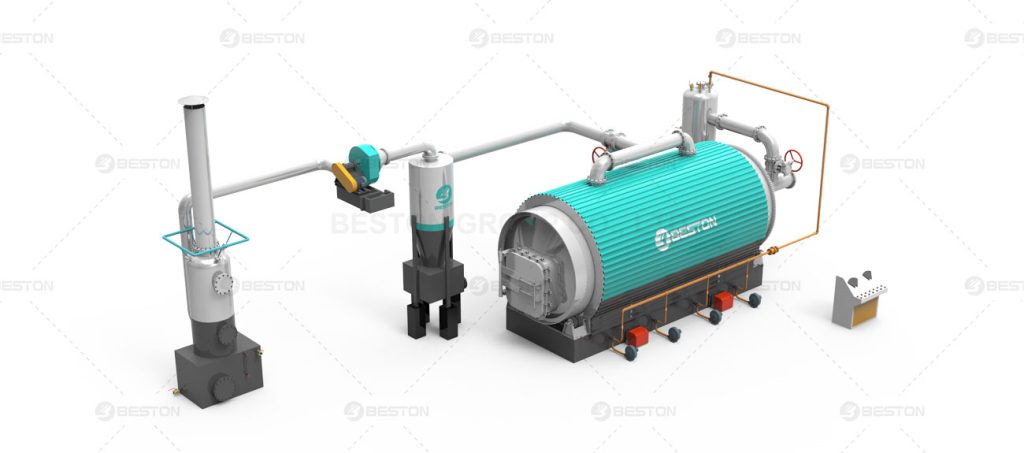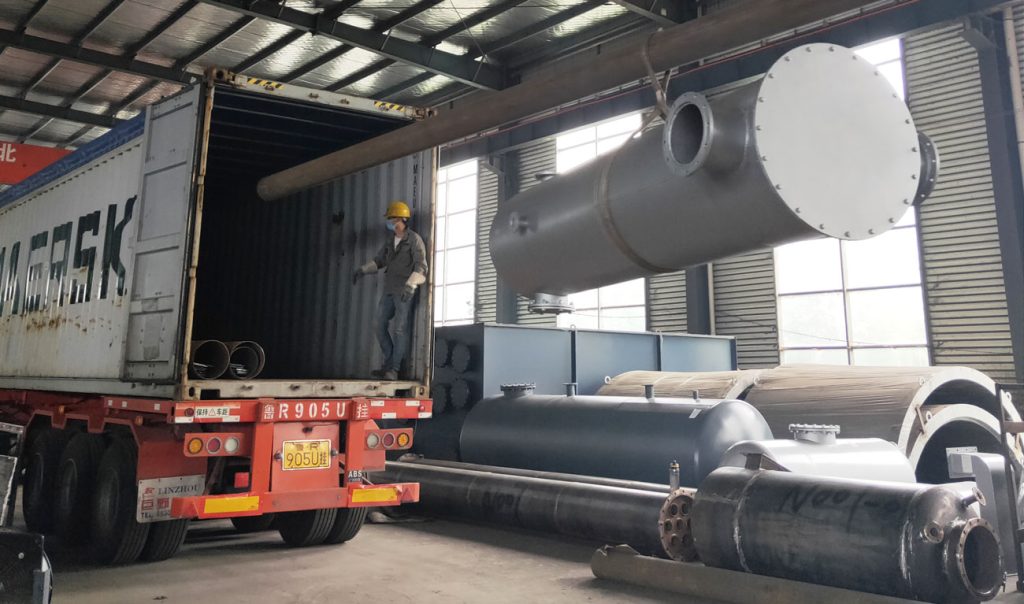The use of small charcoal making machines is on the rise due to the many benefits they offer. These machines are able to produce high-quality charcoal in a short amount of time, and they are easy to operate. Additionally, small charcoal making machines are affordable and can be used by anyone. If you are looking for an efficient way to create your own charcoal, then a small charcoal making machine is the perfect option for you. The following are its key components.
1) Pre-processing system
The pre-processing system prepares the raw materials for the charring process, ensuring that they are of the correct size and moisture content. Additionally, the pre-processing system may also crush or shred the raw materials, making them easier to handle and resulting in a more uniform final product. By carefully controlling the pre-processing stage, manufacturers can ensure that their charcoal making machines produce a high-quality product that meets the needs of their customers.

2) Feeding system
The feeding system is responsible for delivering the raw material – typically wood – to the carbonization furnace in a controlled and consistent manner. The feeding system can be either manual or automated, but it must be able to maintain a constant feed rate to ensure that the carbonization process is carried out efficiently. The feeding system typically consists of a feed hopper, a conveyor belt, and a control panel. The hopper is used to store the raw material, while the conveyor belt delivers it to the furnace in a controlled manner. The control panel is used to monitor and adjust the feed rate according to the needs of the biochar pyrolysis process.
3) Carbonization system
The carbonization system of a charcoal making machine is composed of three parts: the combustion chamber, the gasification room, and the smoke purification system. The combustion chamber is the heart of the whole system. It is where the biomass is pyrolyzed to produce charcoal. The gasification room is where the volatile gases produced during pyrolysis are burned to generate heat. The smoke purification system is responsible for removing the harmful fumes produced during pyrolysis. Together, these three parts work together to produce high-quality charcoal efficiently and safely.
4) Discharging system
The discharging system is responsible for removing the finished charcoal from the carbonization furnace. It typically consists of a conveyor belt or screw conveyor that carries the charcoal to a discharge point, where it can be collected and cooled. The discharging system must be designed carefully to avoid damage to the finished charcoal. In addition, it must be able to operate at high temperatures and must be able to withstand the corrosive effects of the gasification chamber.
5) Bio-gas recycling system
A bio-gas recycling system takes leftover biomass, food waste, and other organic matter and recycles it into biogas. This gas can then be used to power the rice husk carbonizer or converted into other forms of energy. The benefits of a bio-gas recycling system are twofold. First, it helps to reduce environmental pollution by recycling waste material that would otherwise end up in landfills. Second, it provides a renewable source of energy that can be used to power the charcoal making machine.

6) Emission dedusting system
The emission dedusting system collects and removes smoke and debris produced during the charcoal production process. The system typically consists of a dust collector, an exhaust fan, and a chimney. The dust collector captures smoke and particulate matter from the charcoal production process and directs it to the exhaust fan. The fan then blows the smoke and debris up the chimney, where it is dispersed into the atmosphere. The emission dedusting system is an important safety feature of a biochar kiln, as it helps to prevent potentially harmful fumes from being released into the environment.